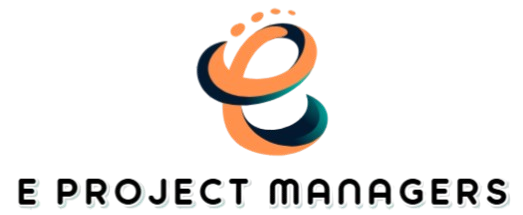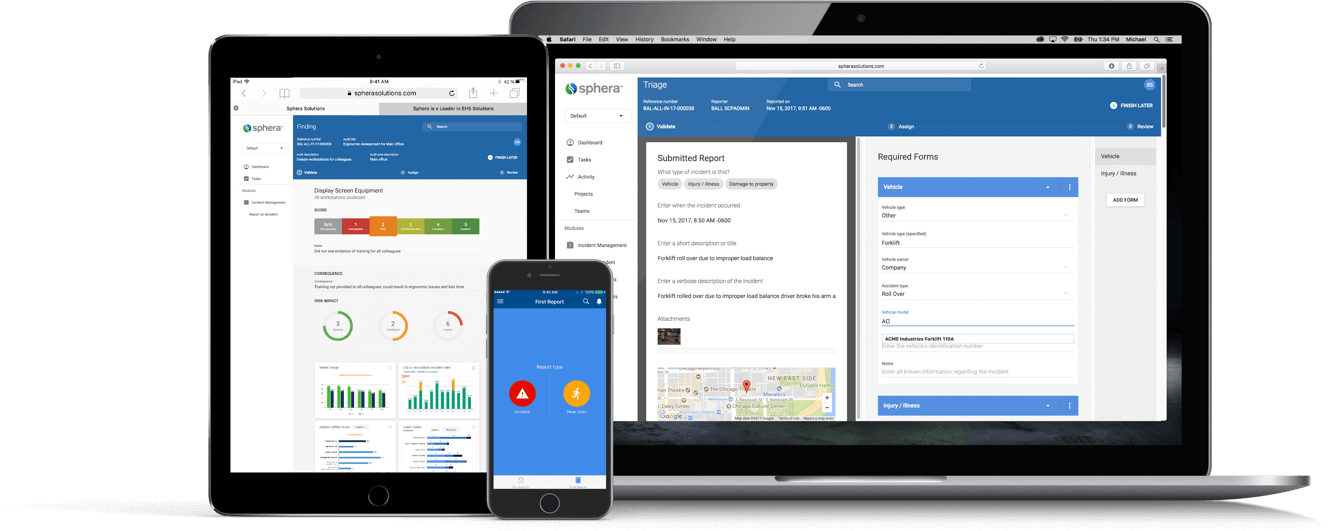Private industries have known the value of performing environmental, health, and safety audits at their regulated sites since the early 1970s. The purpose of SHE EHS audit software is to ensure compliance with the Occupational Health and Safety Administration (OSHA), the Nuclear-Regulatory-Commission (NRC), other federal, state, local agencies environmental, health, and safety regulations.
In addition, modern audits involve adherence to corporate standards or recommendations and the adoption of environment. The author recommends the following suggestions for a successful environmental, health, and safety audit:
It is necessary to choose a lead auditor
Audit team will be in charge of assembling the audit team, establishing the audit scope, preparing the audit plan, reviewing the draft report, and following up with any required corrective steps after the audit is completed.
A primary website contact must be designated
This person will most likely be an environmental, health, and safety manager or someone with similar responsibilities. This individual should have unrestricted access to all key environmental, health, and safety records and permits, as well as unrestricted access to the facility’s physical areas. In addition, make sure the key site contact informs the site’s highest-ranking management member about the audit and its timeline. Conducting health and safety audit at a plant when the top management team is uninformed of its existence produces the most commotion.
Give the required site contact a list of the papers and programs
The audit team should get copies of these documents well in advance of the on-site activity. Regulatory permits, such as air permits, wastewater permits, radioactive materials licenses, stormwater permits, and so on, should all be included on this list. Regulatory programs such as hazard communication, chemical hygiene, respiratory protection, bloodborne pathogens, and hazardous waste management require written programs and related training materials.
Examine written documents. The amount of time you’ll spend on-site is usually limited to one week or less. When working with more extensive facilities, you must make the most of your on-site time. Before the on-site activities:
- Review as much of the written documentation as feasible.
- Make a list of necessary details you’ll want to double-check throughout your on-site activities.
- Refresh your memory on crucial regulatory standards and study state and local requirements before on-site activity.
Refine the schedule
Refine the plan based on the document review so that there is enough time to go over the issues that may cause worry or places with a higher risk. Don’t squander your important on-site time on minor details.
Ascertain that the primary site contact has set aside enough time
Nothing irritates an audit team more than having the primary site contact leaving to attend other meetings or fulfil other responsibilities. The SHE EHS audit software should book a conference room that is large enough, has internet connectivity, and can be secured overnight. You’ll be working long hours and reviewing a lot of sensitive documents during an audit. You don’t want to waste time at the end of each day packing up your materials.

